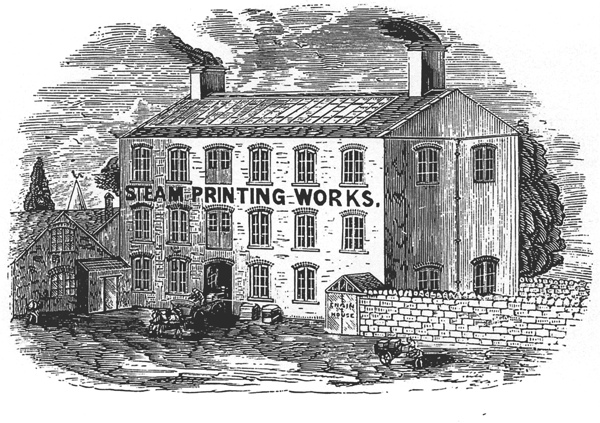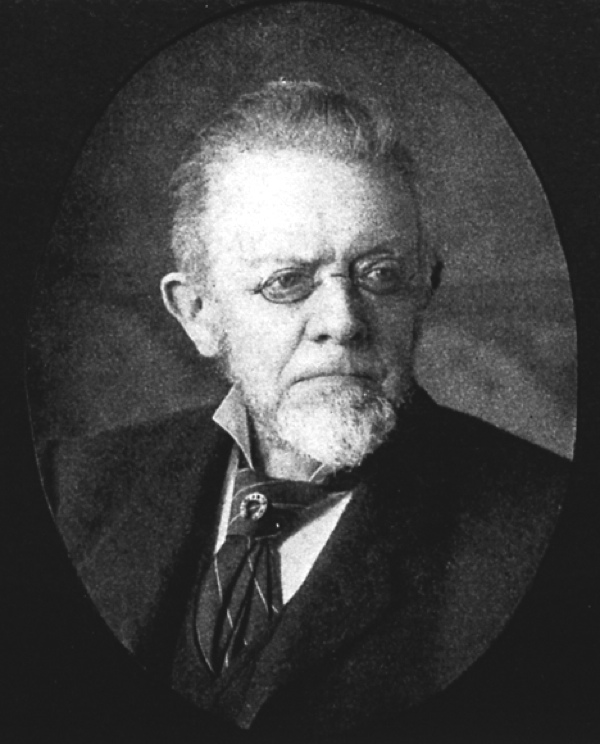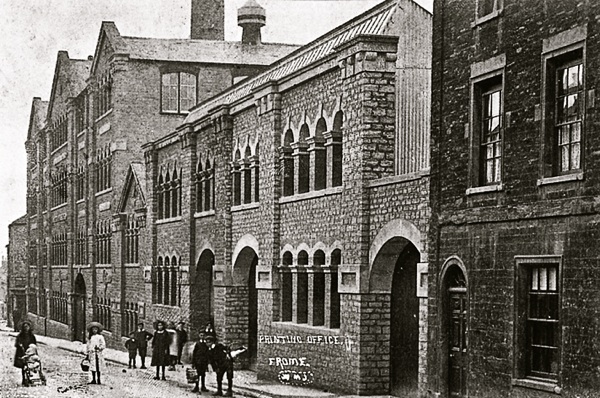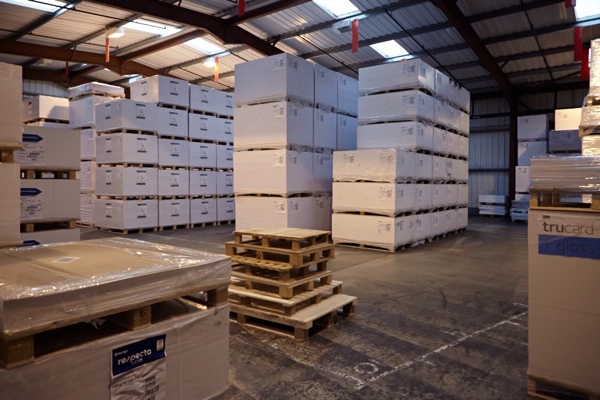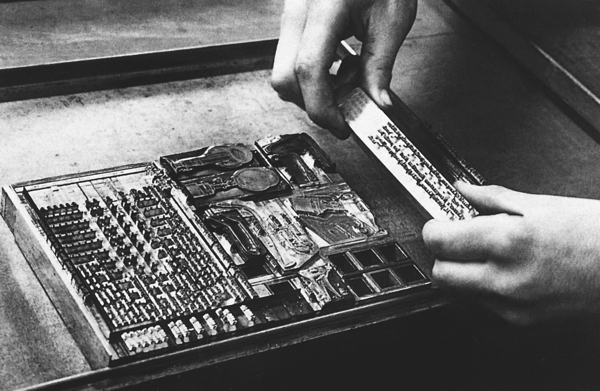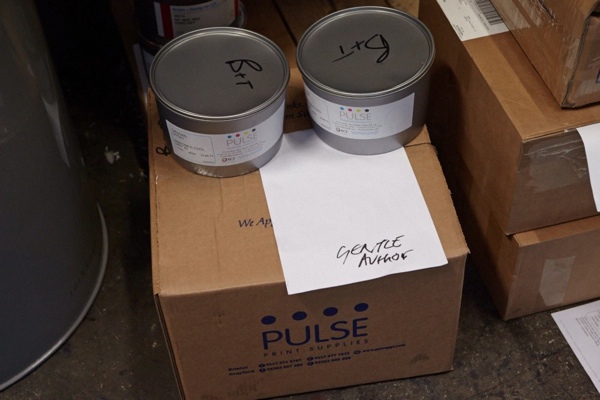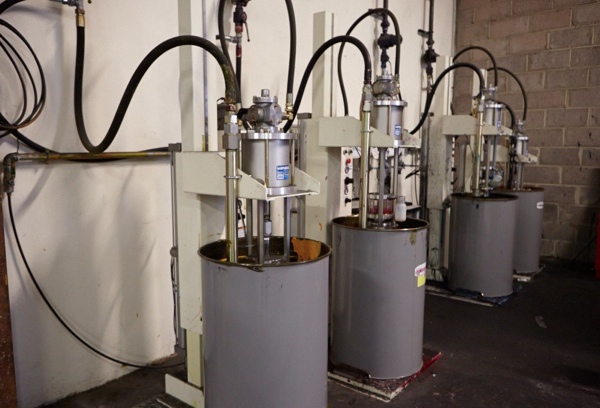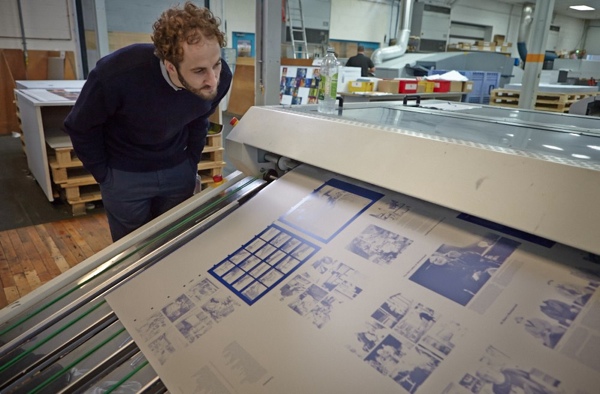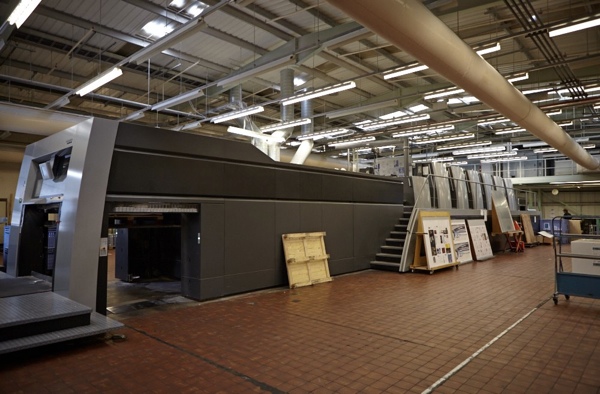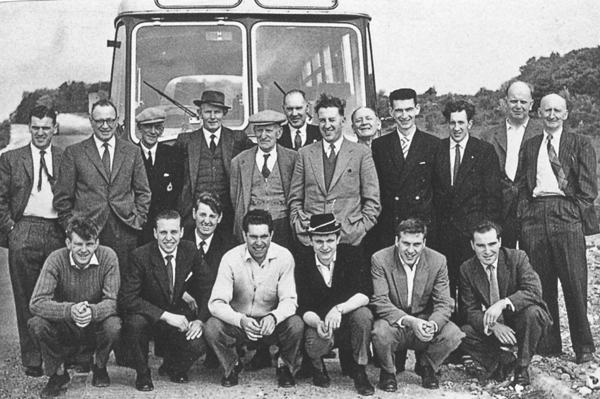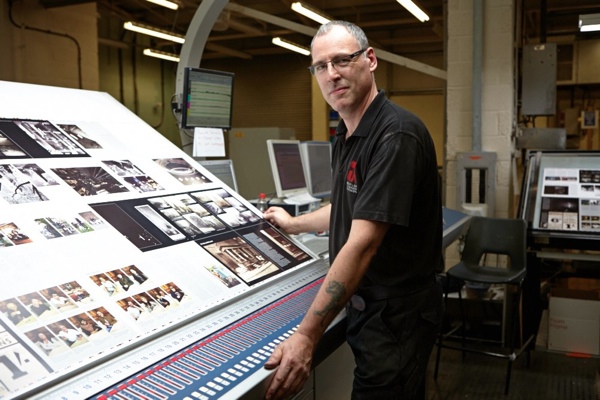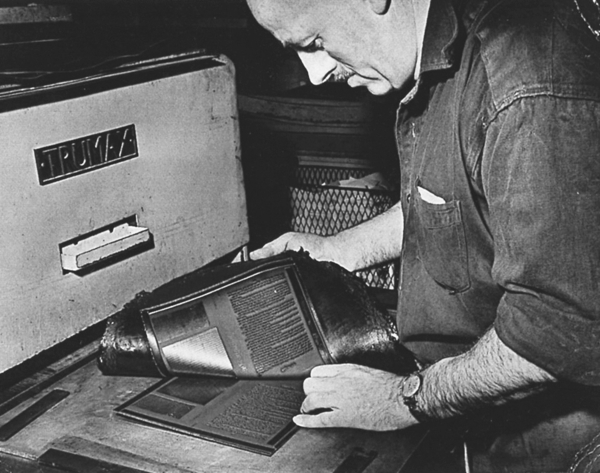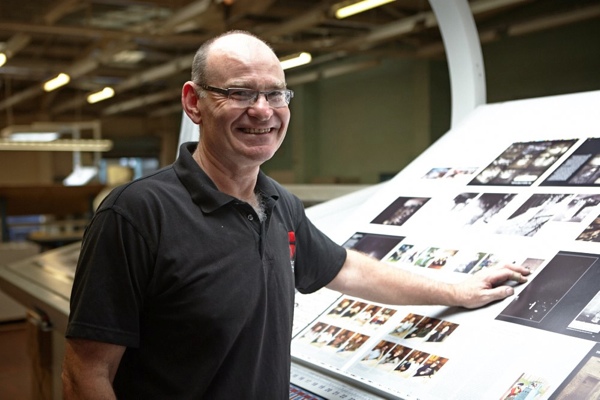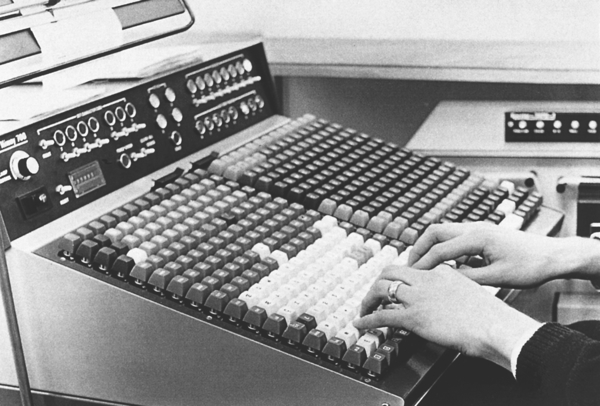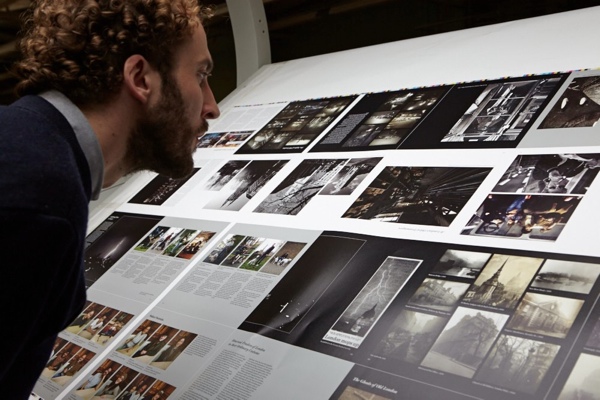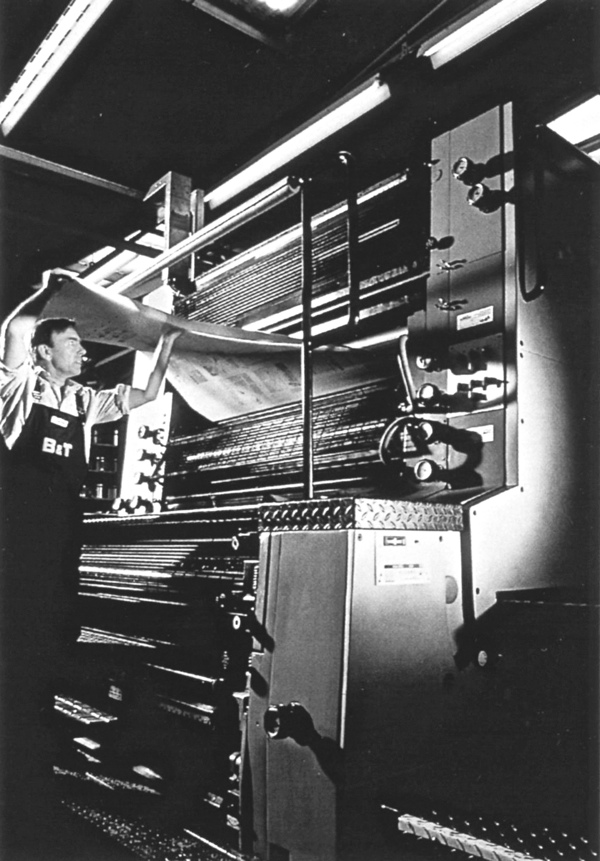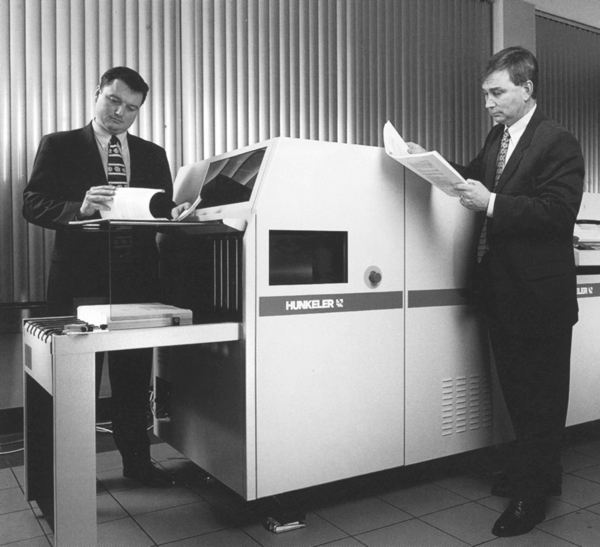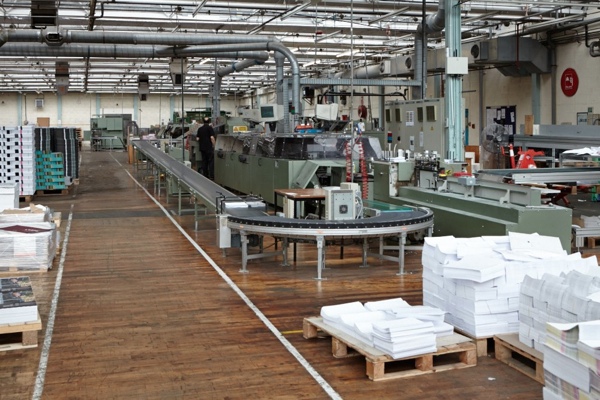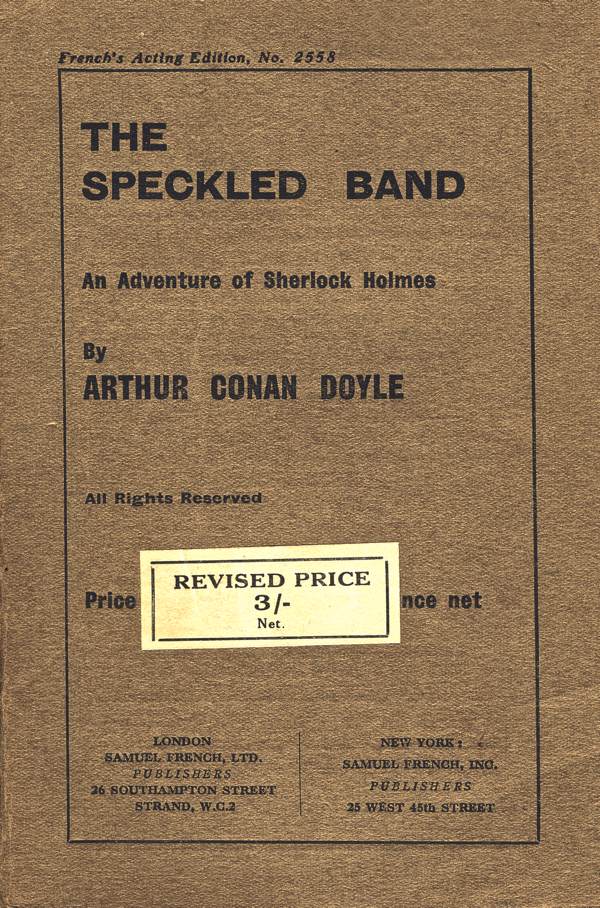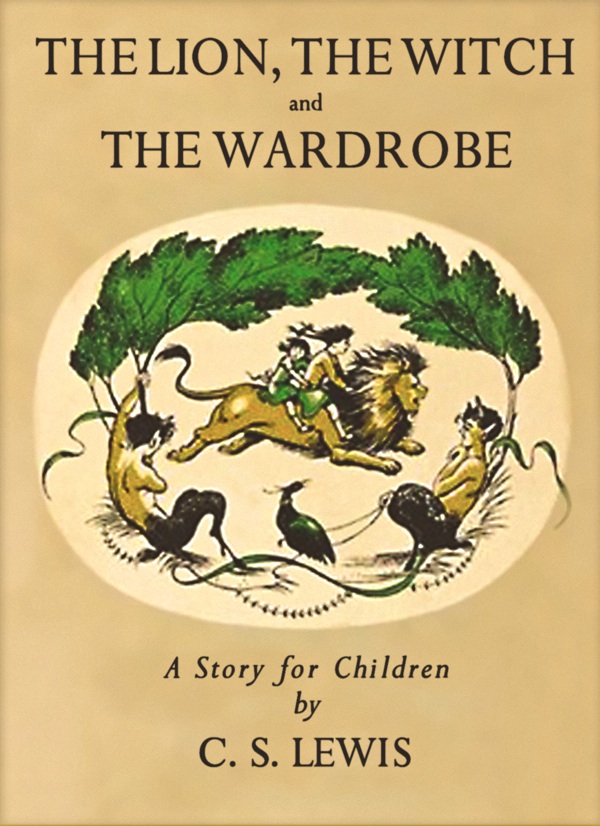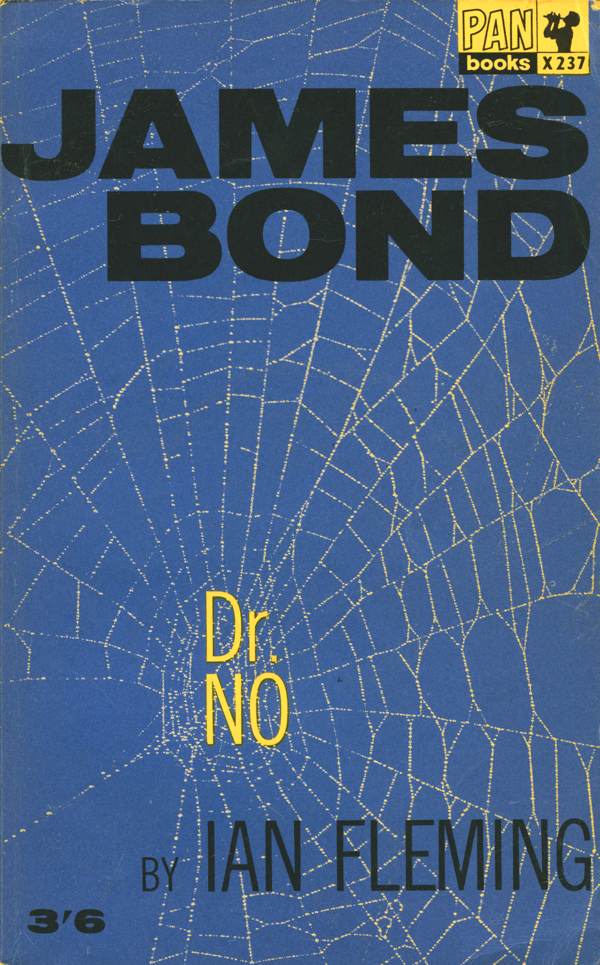When I started publishing books, I knew we must print them in England and support the survival of our home print industry. It was my privilege to work with Butler & Tanner, one of the greats of the golden age of British printing, which sadly went into administration yesterday with the loss of one hundred jobs. Thus a company that started in 1845 is no more and its history ends here.
For Spitalfields Life Books, they produced The Gentle Author’s London Album, Brick Lane by Phil Maxwell, and a week ago I visited them for the printing of Underground by Bob Mazzer – one of the very last books to be produced by Butler & Tanner – which is to be published on 12th June.
W.T.Butler’s Steam Printing works in Frome, 1857
Everyone who loves books knows the name of Butler & Tanner, Britain’s oldest and foremost colour printer – established in Frome in 1845 and recently known as Butler, Tanner & Dennis. This was the printer that Allen Lane went to in 1935 to print Ariel, the first Penguin Book, and it was my great delight to go down to Somerset with Book Designer, David Pearson, and Contributing Photographer, Patricia Niven, to see the pages of The Gentle Author’s London Album roll off the presses at the same print works last year.
We met at Paddington Station before dawn and the sun was just rising as the train sped through the West Country to deliver us to Frome, where we walked from the station to our destination in the aptly-named Caxton Rd. Upon arrival at the unexpectedly quiet print works, we were ushered into a waiting room and told that the first page would be ready shortly. Once we were led through into the factory we encountered the clamour of the machines, where vast presses – each one the size of whale – were spewing forth huge pages of print.
Here we met printers Paul Wrintmore and Clive Acres, and I saw pages of the Album for the first time, laid upon a brightly-lit table that simulated daylight. To my right, the great machine sat humming to itself with impatience as it waited to run off thousands of copies. But first we had to give our approval and I had to sign off the sheet. Each sheet contains twenty-four pages and here, in these unfamiliar surroundings, I was delighted to find my old friends The Dogs of Old London, The Pointe Shoe Makers, The Car Crashes of Clerkenwell and The Spitalfields Nippers. This was one of those moments when you confront something entirely familiar as if you are seeing it for the first time. It all looked well to me, with sharp details and good definition even within the darker areas of the pictures and, where there were flat areas of colour, the tones were even. I could find no flaw.
Yet I stood back, deferring to David Pearson as the design professional, and he leaned over close, casting his critical gaze upon his beautiful pages. The printers stood behind us, exchanging expectant glaces in silence. This was not a moment to discover a mistake and thankfully we did not find any. Most importantly, we were both satisfied with the quality of the printing and I signed the sheet, setting the great press in motion. After a tour of the factory, we came back to see the second sheet and were satisfied again and I signed it off too, content now to leave the rest of the book in the safe hands of the printers.
The early start and the emotionalism of the occasion caught up with us, and we were happy to climb back onto a train and, feeling relieved, we dozed all the way back to Paddington. Yet I took copies of each of the sheets of the Album with me as souvenirs and, when I got back to Spitalfields, I examined them for errors – but I did not find any.
Book Designer, David Pearson, with pages of The Gentle Author’s London Album
W.T. Butler, 1850
Early print specimen from Butler & Tanner
Joseph Tanner went into partnership with W.T. Butler in 1863
Early print specimen by Butler & Tanner
Butler & Tanner Print Works, 1905
Paper to print The Gentle Author’s London Album
Setting up the type, 1920
A special colour of ink mixed for The Gentle Author’s London Album
Adjusting the press, 1930
Pumping the ink to print The Gentle Author’s London Album
Typesetting, 1950
David Pearson inspects one of the plates to print The Gentle Author’s London Album
Printing machine, 1935
Heidelberg Speedmaster XL 162 printing press, standing by
Printing Works Beano, 1950
Paul Wrintmore, one of the printers of The Gentle Author’s London Album, with the first page
Plate making, 1950
Clive Acres, one of the printers of The Gentle Author’s London Album
Printing press, 1950
The first page of the Album to come off the press
Digital typesetting, 1970
David Pearson scrutinises the first page
Printing press, 1978
Sewn-together copies heading for the bindery
Digital printing, 1988
In the bindery
1912, Sherlock Holmes
1935, Ariel – the first Penguin Book
1950, The Lion, the Witch & the Wardrobe
1965, James Bond

2013, The Gentle Author’s London Album

2014, Brick Lane

2014, Underground
Colour photographs copyright © Patricia Niven
Archive images courtesy of Butler, Tanner & Dennis
An exhibition of the work of Book Designer, David Pearson runs at Kemistry Gallery in Charlotte Rd, Shoreditch, until 28th June
You may also like to read about
